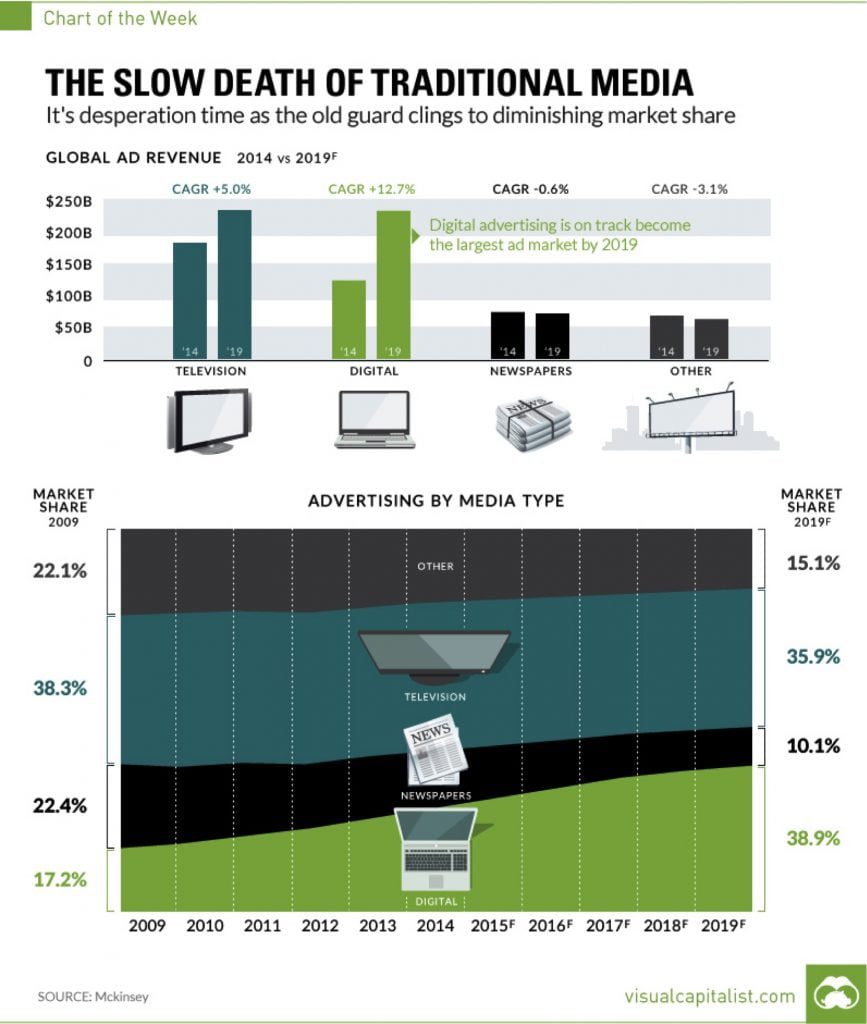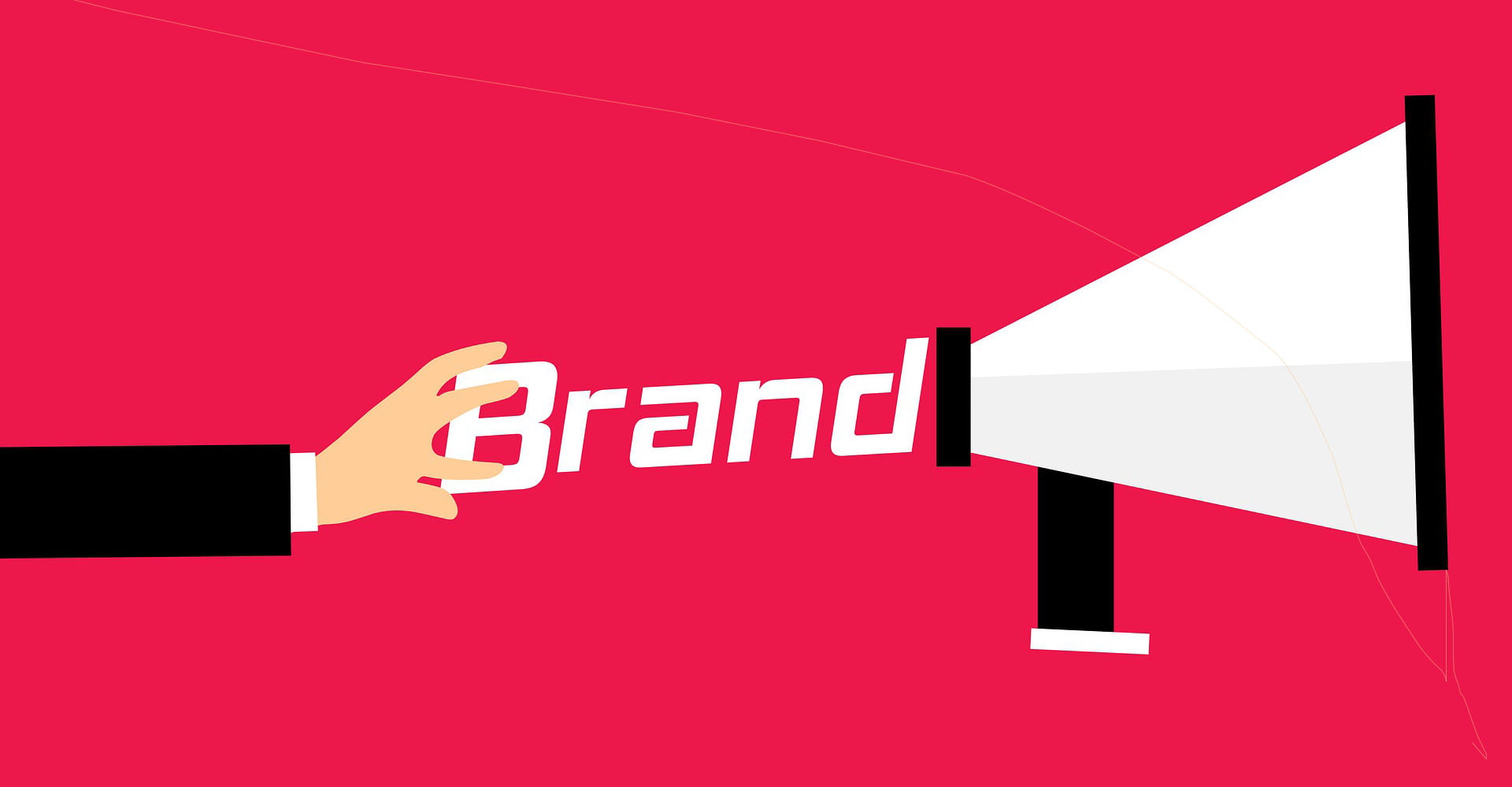Updated By Les. Jan 2022
Our previous blog gave an insight into why a business needs a digital marketing strategy. In today’s blog, we briefly examine the components of a typical digital marketing strategy. How do we know? Well, like any business, Valles Digital Marketing had to develop our own digital marketing strategy to promote our brand, capability and services.
Prior to developing any digital marketing strategy, it is important for any business to understand the path being undertaken:
Define Goals and Objectives
Define what your strategy goals and objectives are. The strategy should outline the what, when and how. The outputs will help shape your business’s digital marketing activities.
Target Market Analysis
Spend time analysing your external environment. Look at what your competitors are doing in the digital space. What channels are they using and how are they getting their messages out to their customers? How do they generate and maintain brand recognition and loyalty? How are they selling their products? Also examine your target market. Who are your target customers and what are they looking to buy?
Value Add
Once you have an idea of what the target market wants or needs are, think about how your business can add value to that market. Do you need to differentiate from your competitors? How would you differentiate?
Budget
Define a digital marketing budget. This not only defines a marketing spend limit but also allows a business to analyse return on investment on digital marketing activities.
Ownership
Assign a project sponsor within the business to own the effort. This ensures accountability and ownership of the entire digital marketing effort including reporting to senior management.
With the objectives and direction defined, the next step is to decide on the strategy implementation components. These should include the use of the one or more of these digital platforms:
1. Create a website that reflects your brand and that contains relevant content. Relevant content refers to images, video, sound or text that is relevant to your business and prospects. It is important to apply SEO (Search Engine Optimisation) principles during website development. This ensures that when the website is submitted to the Google Search Engine, it is optimised for organic searches. Organic search results are SERP (Search Engine Result Page) listings generated using Google Search when someone searches for a term, keyword or phrase. The key is to include relevant keywords, terms or phrases in your website content that may match searches so that your website will be part of that listing. SEO is part science and art. If you are interested in more detailed SEO, feel free to read this article.
2. Facebook is by far the most used social media platform. There are no costs associated with it. By creating Facebook Pages for our business, we have a great opportunity to engage and communicate with our clients and prospects to build a following. With some planning in developing an editorial calendar and creating relevant content, we can use this platform to share our knowledge, expertise, offers and achievements, and engage with our followers all in text, image or video posts. External links can also be included in posts. We can also run paid Facebook Ads to further promote our brand. The key point about Facebook Ads is that everything can be controlled and targeted including content, interest, spend, duration, demographics, location and audiences.
3. Like Facebook, Instagram is another great free social media platform that is entirely visual oriented. It allows users to share only images and video to their audiences. Instagram is a great tool to showcase new products. A lot of businesses use Instagram influencers to help endorse their products. Like Facebook, Instagram requires the need to build followers. Facebook owns Instagram and both platforms are linked. The same Facebook Ads can also be replicated in Instagram.
4. Twitter is another free social media platform that only allows a maximum of 140 character postings also known as tweets. Like Facebook and Instagram, we have to build a following and tweets are seen by followers only. Within each tweet, we can embed videos or other website and article links. It is a great tool to promote blog stories, articles and news stories.
5. Pinterest is another social media platform that is focussed on enabling people to explore ideas and inspiration from their hobbies and interests. It is free to join. The platform can be used for any subject matter and external links can be embedded in each Pinterest post. From a business perspective, it is another repository that can be used to find products or information that people are looking to acquire.
6. Linkedin is very much a free business-networking/sharing platform. It allows career and business professionals to connect, seek support and resources and potentially build relationships with clients, customers and suppliers. The platform also allows posting of text, image and video with external links. As it has a business focus, recruiters use it to headhunt, companies can post job listings, professionals can obtain endorsements, join groups of like minded professional groups and share business or company news. Linkedin also offers paid ads.
7. Google My Business is a free tool offered by Google to businesses and organisations that are interested in managing their organic online presence on Google Search and Maps. The platform allows businesses to describe who they are and what they do by including service offerings, address, operating hours, post images, offers, events and obtain reviews. Given it is a Google offering, any listing engagements must be done via a gmail account. Google My Business is a great tool for prospective customers to find location based service or product solutions.
8. Google Ads or Microsoft Advertising. These are the most common digital paid advertising platforms. Google Ads are digital Ads that appear at the top and bottom of Google’s organic SERP listings, in Youtube videos and in many other websites that Google have partnerships with. There are 4 main types of Ads offered by Google Ads: text, display, video and shopping. For simplicity, these paid Ads are based on a complicated machine-learning auction system that matches search keywords to paid Ads. Google Ads allows granular Ad targeting based on location, duration, demographics, keywords, audiences, devices and budget. Microsoft Advertising is Microsoft’s equivalent of Google Ads. Both operate on separate networks and are slightly different although similar in concepts. Given most people search using Google, Google Ads is the more popular platform than Microsoft Advertising. Paid digital Ads are a great way to advertise your business and increase brand awareness without having to rely on organic search results.
9. Youtube is Google‘s platform for sharing videos. There are all sorts of videos on Youtube ranging from music videos, movies, courses, recipes and much more. Audiences can subscribe to Youtube channels. Google Ads can appear on Youtube. Youtube is a great tool to showcase products or expertise through carefully curated videos.
10. Email marketing is an activity of sending relevant emails to customers as a way to maintain engagement with them on an ongoing basis. Email marketing uses a company’s CRM or some other contact database. This activity can be done using any email system (e.g. Outlook etc.) however it is best to use a dedicated email marketing system such as Mailchimp that offers email design and automation. With careful planning, email marketing can be a very powerful tool to maintain brand awareness including showcase new products or services, offers, company updates, achievements and demonstrate knowledge/expertise.
11. Blogs are typically informational in nature and normally presented as a webpage consisting of written material like a journal. People use blogs as a way to document some knowledge that they are passionate about for wider sharing on the internet. Blogs can be written by anyone.
12. Affiliate advertising is a form of advertising that uses sponsored links that are placed on high traffic websites. Owners of these high traffic websites earn a small commission when someone visiting their website clicks a sponsored link. Many companies are willing to incur a small commission payout to website owners to offer a sponsored link. It is great way to generate brand awareness.
The most important requirement is to evaluate all these platforms carefully and decide which of these products best fit your digital marketing strategy. At a minimum, a company must have a website. All the other platforms listed above assume that a website already exist. Select the right platform that best meets your strategy requirements. Note that each platform requires initial and ongoing resource commitments. As a result, it is important to spend the necessary time required to evaluate each platform. Select a platform or a combination of platforms that will best generate brand awareness, showcase product or service, demonstrate expertise and engage with prospective and current customers.
The end outcomes of the digital marketing effort are:
1. Brand interaction with followers ( call to action)
2. Grow audience and followers
3. Customer loyalty and advocacy
4. Promote services, products and capability
5. Increase sales and improve revenue
Finally, it is important to continually monitor the performance of the implementation activities and fine tune as required to achieve desired targets.
Talk to us about how we can expand your business’s digital marketing footprint to improve your brand, service and product awareness, deliver qualified web traffic and boost cost effective leads. Get in touch with us today. Send us a message using our form below and we will be in touch as soon as possible.
For the visually impaired, here is an audio version of this blog.





Recent Comments